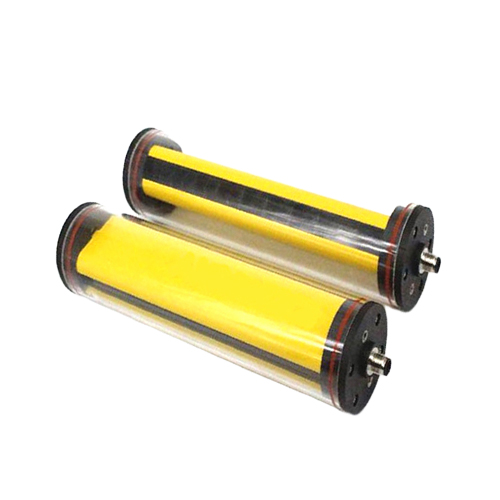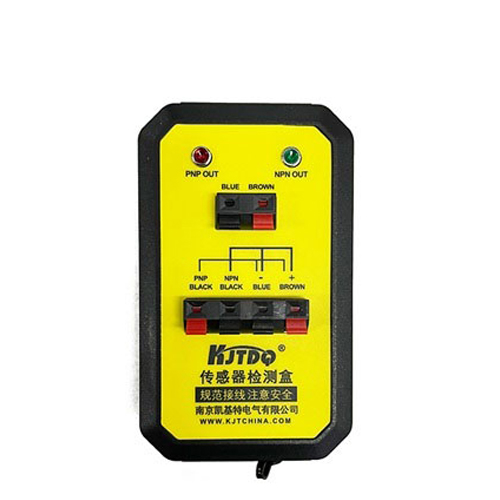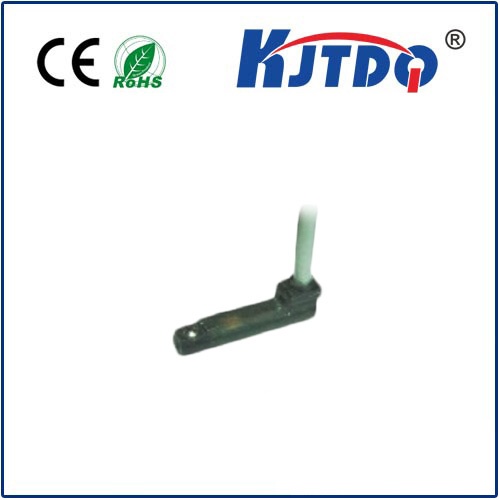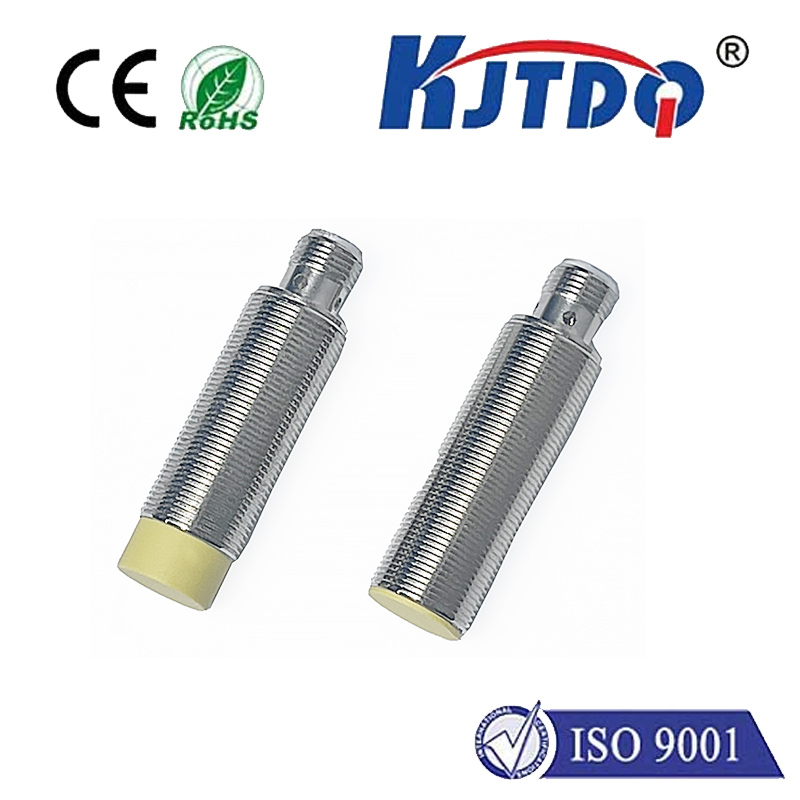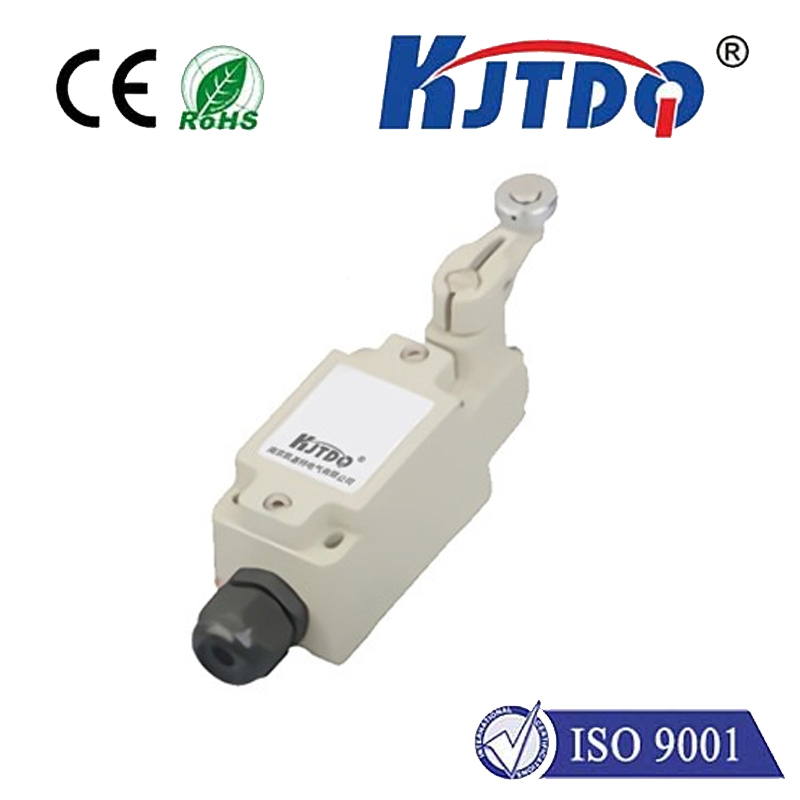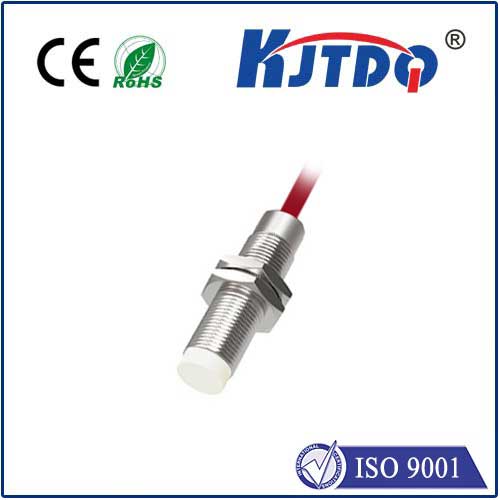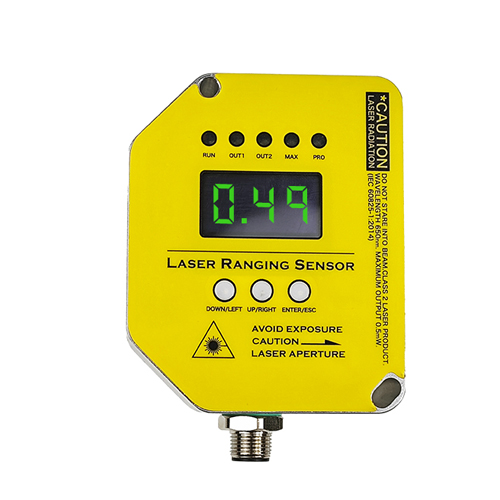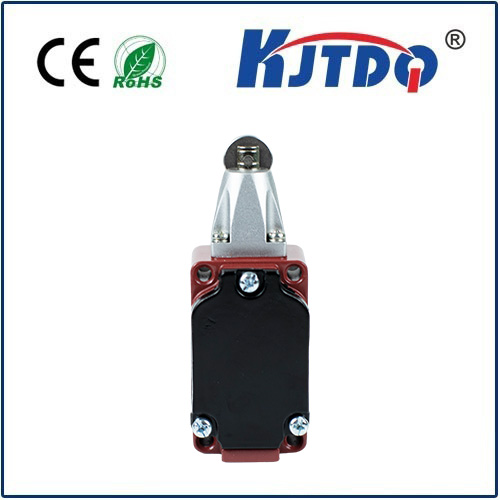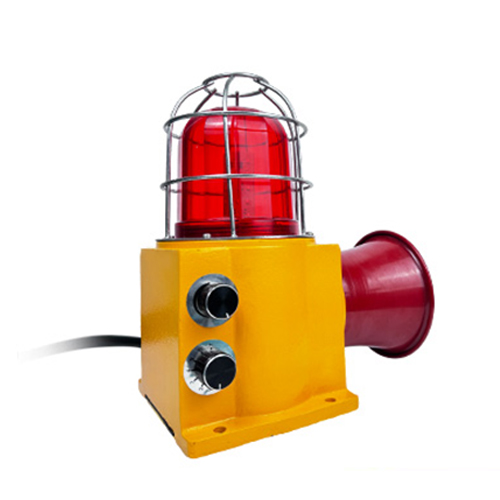неочищенный датчик приближения
- time:2025-07-14 14:52:16
- Нажмите:0
Non Flush Type Proximity Sensors: Your Guide to Long-Range Industrial Detection
Imagine a robotic arm gliding smoothly towards its target, stopping with millimeter precision just before contact. Or picture automated sorting lines where packages whizz by, instantly counted and categorized without a single touch. At the heart of such seemingly magical automation lies a crucial component: the неочищенный датчик приближения. This sensor delivers reliable, contactless detection even when conventional flush-mounted sensors fall short. Let’s dive into what makes non-flush sensors indispensable in countless industrial settings.
Flush vs. Non-Flush: Defining the Difference
The critical distinction from their flush counterparts lies in the sensor’s mounting and sensing field characteristics. A flush-mountable (or shielded) proximity sensor has its sensing coil surrounded by a metal shield. This confines the electromagnetic field primarily to the front face of the sensor, allowing it to be mounted flush (level) with metal surfaces without causing false triggers from the surrounding mounting structure. It offers cleaner installation but typically sacrifices detection range.
А.non-flush type proximity sensor (also known as unshielded or non-flush-mountable), however, lacks this surrounding metal shield. Its electromagnetic field extends not only directly in front of the sensor face but also radially around the sides of the sensor housing. This broader, less constrained field grants it a significantly longer sensing range compared to an equivalent flush sensor. However, this extended field means it cannot be mounted flush with metal surfaces. Mounting it too close to metal will cause the field to interact with the mounting structure itself, leading to unreliable operation or false activation. It requires a buffer zone of non-metallic material around it.
The Working Principle: Electromagnetism in Action
Most common non-flush proximity sensors are индукционный датчик. They operate on the principle of electromagnetic induction:
- Oscillator Circuit: Inside the sensor head is an oscillator circuit generating a high-frequency electromagnetic field radiating outwards from the front and sides.
- Target Interaction: When a conductive metal target (like steel, aluminum, brass, copper) enters this active field, small circulating electrical currents called Eddy currents are induced on the surface of the target.
- Damping Effect: These Eddy currents draw energy from the sensor’s oscillating field.
- Detection: The sensor’s circuitry continuously monitors the amplitude of its own oscillation. The energy loss caused by the Eddy currents results in a measurable damping or reduction of the oscillation amplitude.
- Signal Output: Once this damping exceeds a predefined threshold (corresponding to the target entering the specified sensing range), the sensor’s internal switching element (usually solid-state) changes state. This typically means switching its output signal – turning a load (like a PLC input, relay, or indicator light) either ON or OFF.
Key Advantages: Why Choose Non-Flush?
The unique design of the неочищенный датчик приближения translates into several compelling advantages:
- Longer Sensing Range: This is the standout feature. The unshielded field allows detection of metal targets from significantly greater distances compared to flush sensors of the same size and nominal specification. This is invaluable for applications requiring sensors to be placed farther from the target path.
- Improved Lateral Detection Capability: The extended field radiating around the sides enables better detection of targets approaching from angles slightly off-axis. This offers more flexibility in positioning the sensor relative to the target path.
- Cost-Effectiveness: For applications solely requiring long range and where flush mounting isn’t necessary, non-flush sensors are often the most economical inductive sensor choice.
Where Non-Flush Sensors Shine: Common Applications
The strengths of non-flush type proximity sensors make them ideal for numerous demanding industrial tasks:
- Long-Range Presence Detection: Verifying the presence of large machine parts, pallets, vehicles, or metal containers at greater standoff distances on conveyors, AGV paths, or assembly stations.
- Object Counting: Accurately counting metal objects (like cans, components, or tools) on high-speed lines where sensors need to be mounted away from potential impact.
- Position Verification: Confirming the extended position of pneumatic cylinders, clamps, or robotic arms where the retracted position might be physically obstructing a close-mount flush sensor.
- Level Sensing: Detecting high or low levels of bulk materials in bins or hoppers (when using a metal target float or paddle).
- Speed Monitoring: Detecting teeth or marks on rotating metal gears or shafts for speed or rotational position feedback.
- Non-Precision Applications: Where ultimate mounting rigidity isn’t critical, but reliable long-range detection is paramount.
Flush or Non-Flush? The Selection Guide
Choosing the right sensor type is vital. Opt for a non-flush proximity sensor when:
- Your application demands the longest possible sensing range achievable with an inductive sensor.
- You need good lateral detection capability.
- You can mount the sensor where there is sufficient clearance around its sides and front (i.e., no nearby metal within the specified mounting distance – consult the sensor datasheet!).
- Cost optimization for long-range detection is a factor.
Choose a flush-mountable sensor when:
- The sensor must be mounted flush or near-flush with surrounding metal structures.
- A compact installation profile is essential.
- The shorter standard range is sufficient for the task.
- You need to prevent false triggers from the mounting bracket or adjacent machinery parts.
Installation Best Practices for Reliable Performance
To maximize the effectiveness of your non flush inductive sensor, follow these guidelines:
- Respect Mounting Distances: Critical: Maintain the minimum clearance distances specified in the sensor’s datasheet for all surrounding metal objects (mounting bracket, machine frame, other sensors). Ignoring this is the primary cause of erratic behavior.
- Ensure Adequate Target Size: The target must be large enough to adequately dampen the field at the rated sensing distance. Using a target smaller than the sensor’s face diameter or thinner than its recommended minimum thickness will significantly reduce the effective range.
- Factor In Target Material: Sensing range varies based on target material conductivity and permeability. Mild steel is the standard reference; sensing range decreases for non-ferrous metals like aluminum or brass (typically 40-60% of the steel range). Always check specifications.
- Mind Temperature and Environment: Industrial environments can be harsh. Select sensors rated for the ambient temperature range and resistant to potential contaminants like cutting fluids, coolants, or washdown conditions if applicable.
- Adjust if Necessary: Some non-flush sensors feature a potentiometer for fine-tuning the sensing distance. Use this judiciously after initial mounting to optimize detection for the specific target.
From controlling complex robotic workcells to ensuring simple part presence on a conveyor, the неочищенный датчик приближения offers an indispensable solution for long-range, reliable metal detection. By understanding its unique characteristics – the extended sensing field enabling superior reach and lateral sensitivity, balanced by the requirement for careful mounting clearance – engineers and maintenance personnel can leverage this sensor type to enhance automation efficiency, safety, and reliability across a vast spectrum of industrial applications. Mastering its deployment unlocks a powerful tool for non-contact sensing where distance matters.
